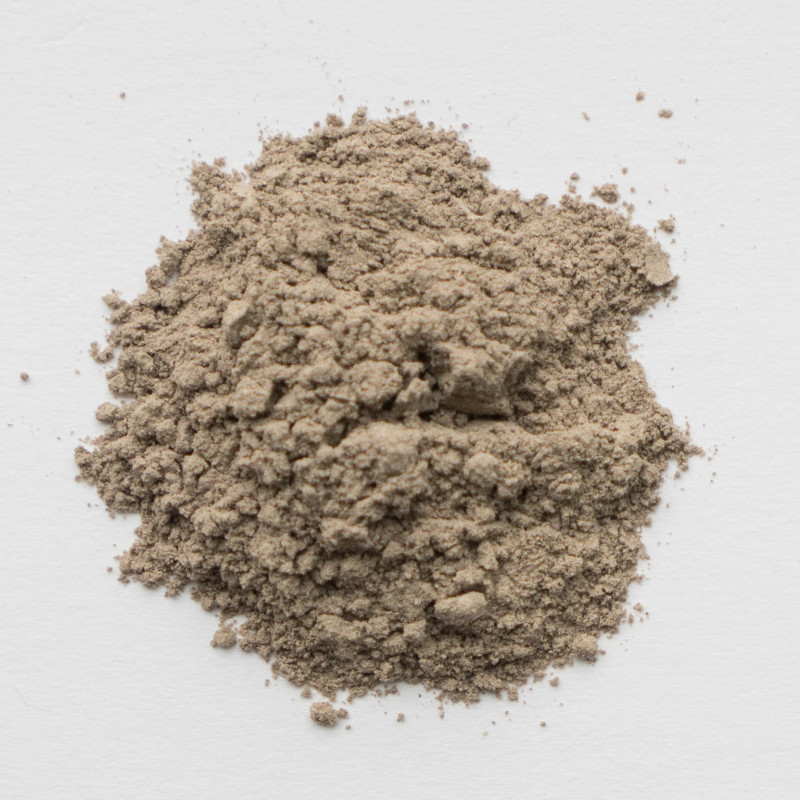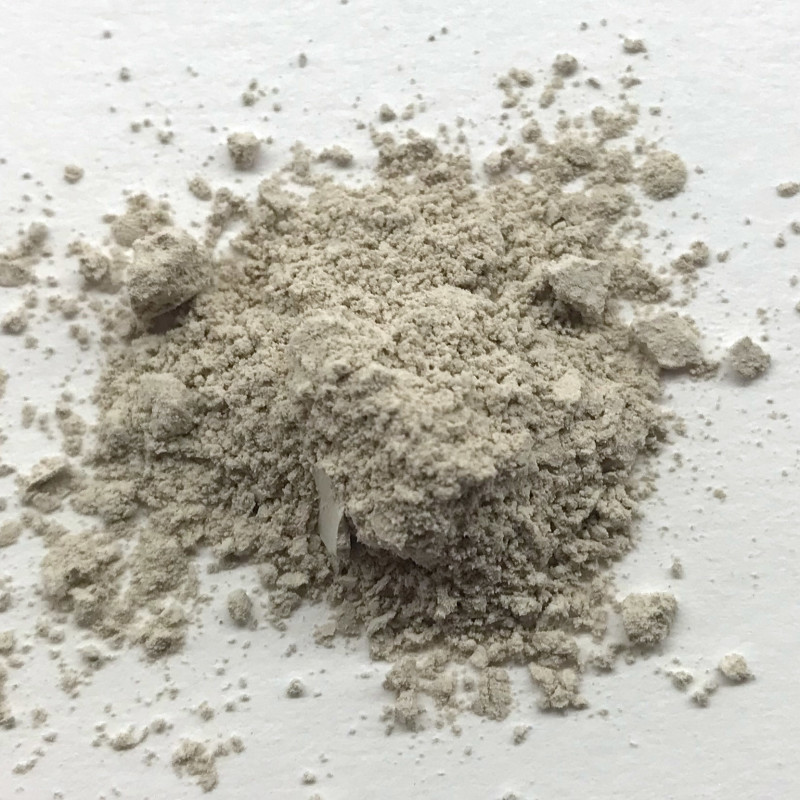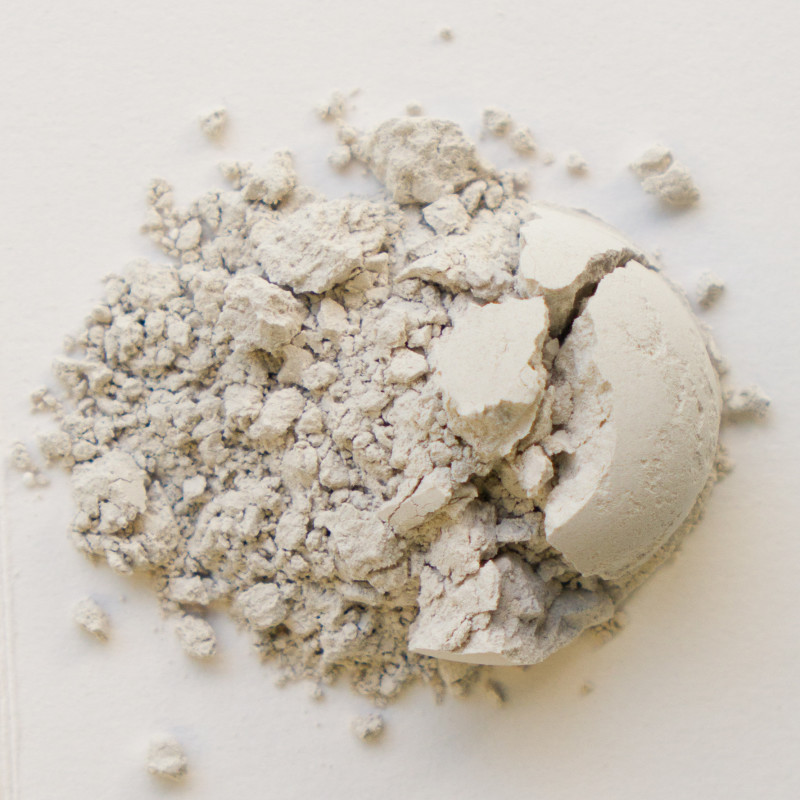Ball clay (also referred to as plastic clay) is an extremely rare rock that’s only found in a few locations around the world. It provides strength and malleability to a variety of clay bodies prior to firing.
They also serve as the binding agent that keeps the non-shrinking components of ceramic bodies together.
Ball clay consists of 20–80% kaolinite, 10–25% mica, 6–65% quartz as well as organic matter.
How is ball clay made?
Ball clays are formed from the transportation and weather of parent rocks by water which is then deposited in ancient river basins where ball clays are often extracted. It has a very intricate and interesting extraction process, which you can watch here:
How do you use ball clay?
Ball clay is a popular material in the production of traditional ceramics like tableware, floor and wall tiles, sanitaryware, as well as electrical porcelains, and technical ceramics.
When combined with kaolin — a soft clay that is often used in manufacturing china and porcelain — ball clays can provide the cohesion and workability necessary to create ceramic parts.
Meanwhile, if you combine ball clay with kaolin, quartz, and feldspar, ball clay adopts higher plasticity and fires white at the right temperature.
Ball clays can also be used in glazes and engobes, which helps it to produce a perfect finish.
There are four common characteristics that all ball clays share, and those are: Particle Size, Shrinkage, Variable Quarts, and Organic Content.
These four characteristics can affect the way a particular clay body or glaze performs.
What are the benefits of ball clays?
Since ball clays come in a wide range of practical sizes, they make clay bodies easier to work with due to their plasticity and malleability. Additionally, the finer particles found in ball clay increase the green strength of dry clay bodies, so dry ware is sturdier after heating.
IMPORTANT NOTE: Finer particle sizes also mean ball clays require more water to stay plastic. This need to add more water during the wedging process can mean water will evaporate during the drying or heating process. This makes shrinkage far greater.
This is basically why ball clays are almost never used as an independent clay body, but rather combined with other non-plastic minerals such as the ones mentioned in the previous section.
Several other benefits of ball clays include:
- Ball clay offers high fluidity that is great for slip casting
- It can come in a variety of colors
- It fires white (depending on the oxide levels present in the clay body)
- Supports clay structure in its pre-fired state
- It can make clay bodies safer to handle and manipulate
Best Ball Clay Review and Recommendations
Here are a few ball clay products that we recommend you try out:
Foundry Hill Cream Ball Clay

The Foundry Hill Cream Ball Clay is an intermediate-grained bally clay blend that offers excellent moisture retention and more plasticity than most ball clays. For instance, when combined with plastic bodies such as Kaolin White Clay, the increased moisture retention means that your clay pieces will dry much slower and more evenly.
Although Foundry Hill claims the Cream Ball Clay can be used independently, we advise against it. This clay is highly plastic, shrinks excessively, and can feel sticky to the hands when used alone.
If you’re looking to make a throwing body, mix the Cream Ball with 10% feldspar and heat at cone 5 to 6. Add grog to provide your clay body with a little more hold.
Jackson Ball Clay

The Jackson Ball Clay is a fine-grained high alumina clay, meaning it offers excellent electrical insulation properties as well as high hardiness and great wear resistance. You can use the Jackson Ball Clay for a variety of ceramic applications, such as dinnerware, sanitaryware, electrical porcelain, artware, and refractories.
If you’re looking for something that’s perfect for both casting and plastic bodies, the Jackson Ball Clay is a great choice.
Kentucky Om #4 Ball Clay

The Kentucky Om #4 is a fine-grained Ball Clay made of sedimentary clay and volcanic ash materials deposited by water.
This Ball Clay is great for glaze recipes and engobes, and also has great plasticity and strength when used with other clay bodies. It may undergo a sudden color shift around cones 8 to 9 — you’ll notice it’ll turn from a light straw yellow to a solid gray.
The Kentucky Om #4 contains 67% kaolinite, 19% free quartz, 7% feldspar, and 3% organic material.
Shrinkage and Drying
All clays experience shrinkage and drying, but not as extreme as ball clays do. Drying shrinkage increases with plasticity, and since ball clays are highly plastic, they are more prone to drying cracks than any other type of clay. This happens because plastic clays have finer particle sizes compared to non-plastic clays.
The only way to prevent this from happening is to adjust your design to account for the expected shrinkage of your piece during drying and firing.
IMPORTANT NOTE: Besides clay plasticity influencing the level of shrinkage different clay types experience, clay body shrinkage may also vary from batch to batch, regardless if they have the same design, and/or build. Before finalizing a piece for yourself or a client, make sure to run a batch test beforehand to see how much shrinkage you should expect.
Conclusion
Ball clays are flexible minerals that can be combined with a variety of other materials to create a likable clay body for a specific user. If you’re someone who prefers to personalize their ceramic bodies to their preferences, learning about clay bodies and how they are used can greatly benefit you.
We hope this article has helped you learn more about ball clays, as well as help you find the right ball clay product for you to use in your projects.
Good luck and happy crafting!

